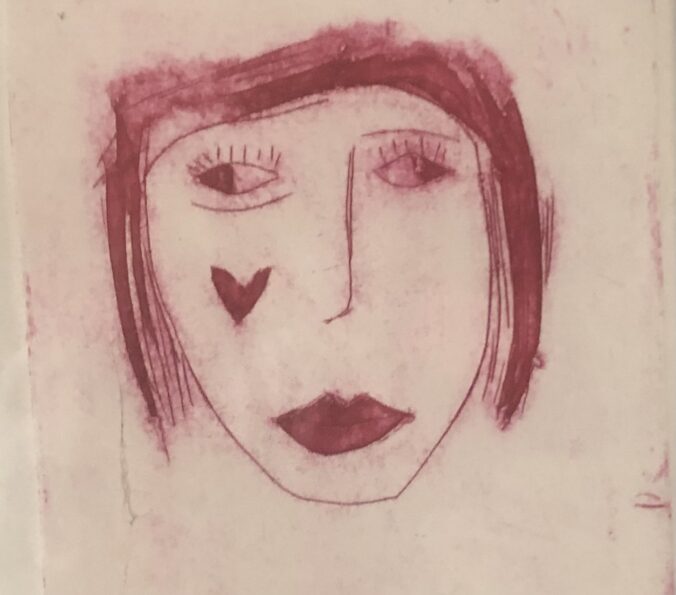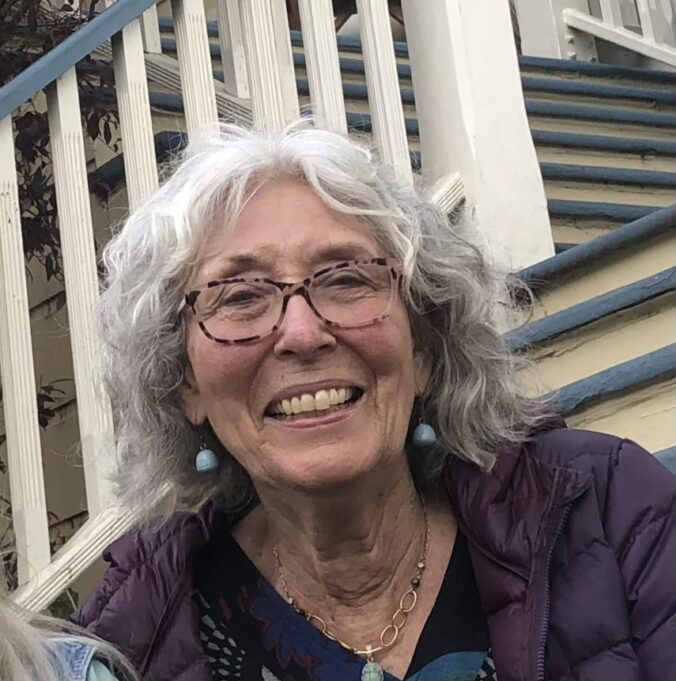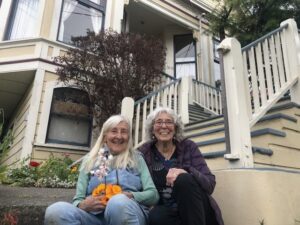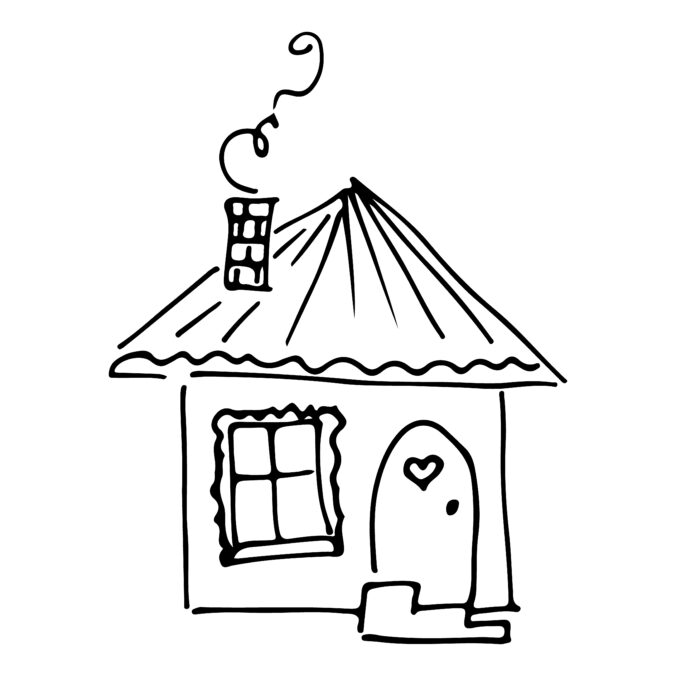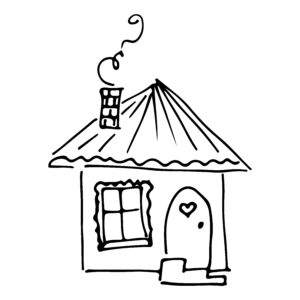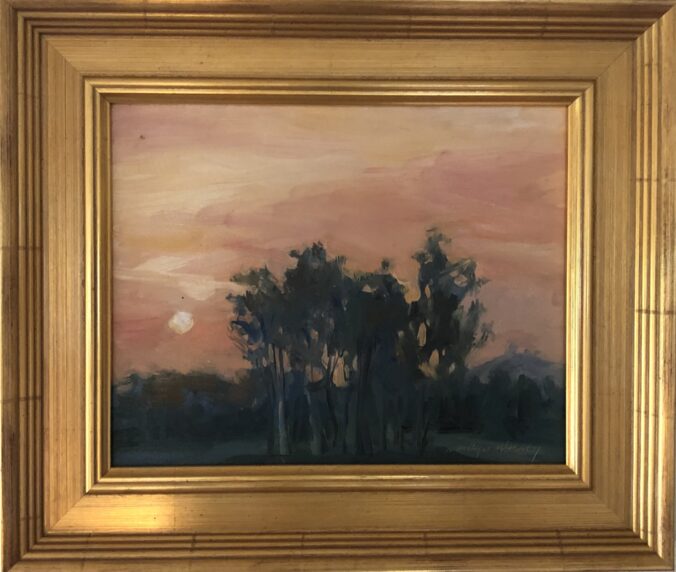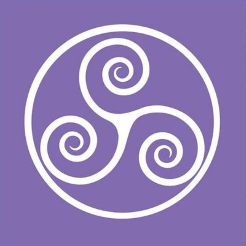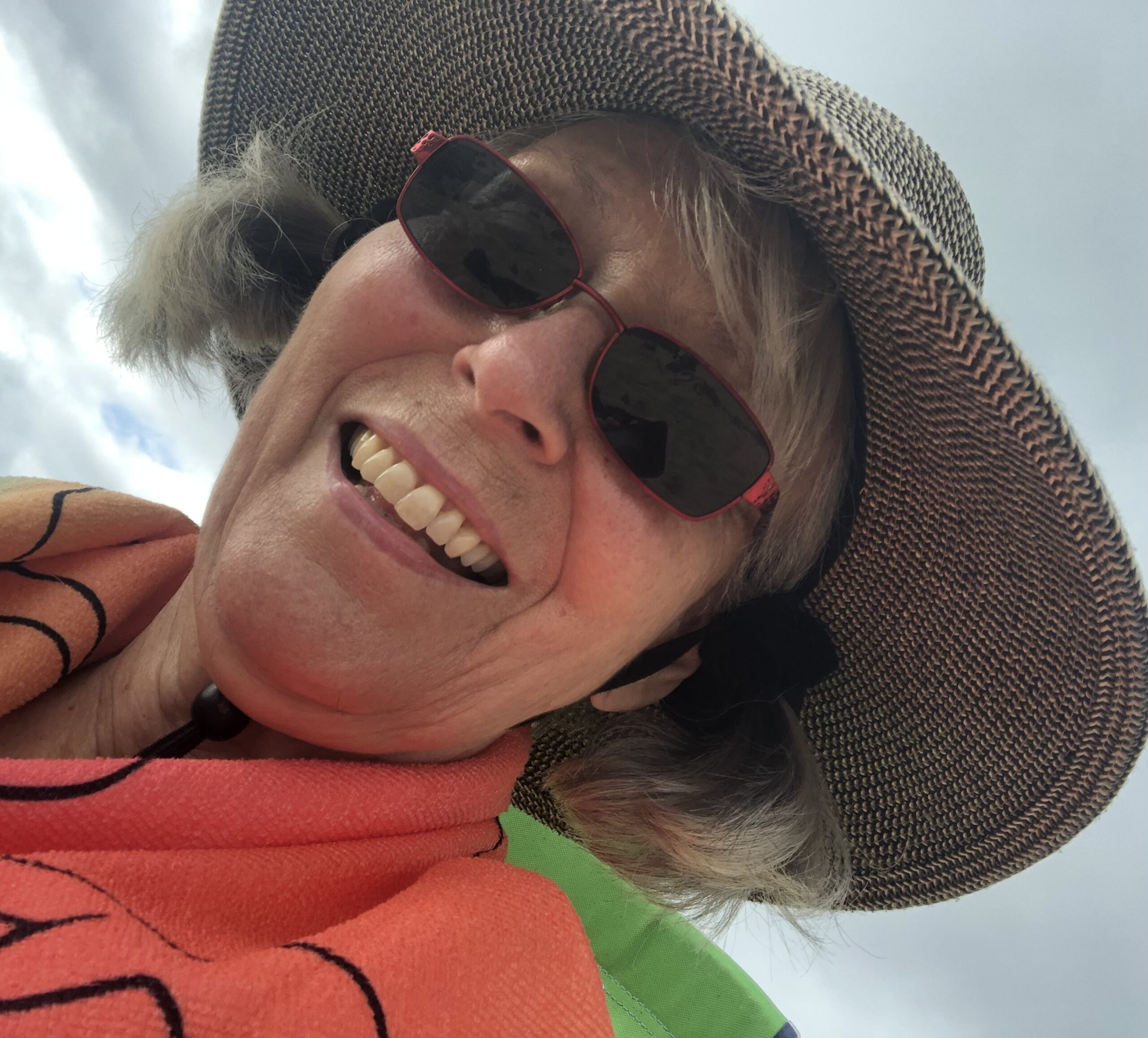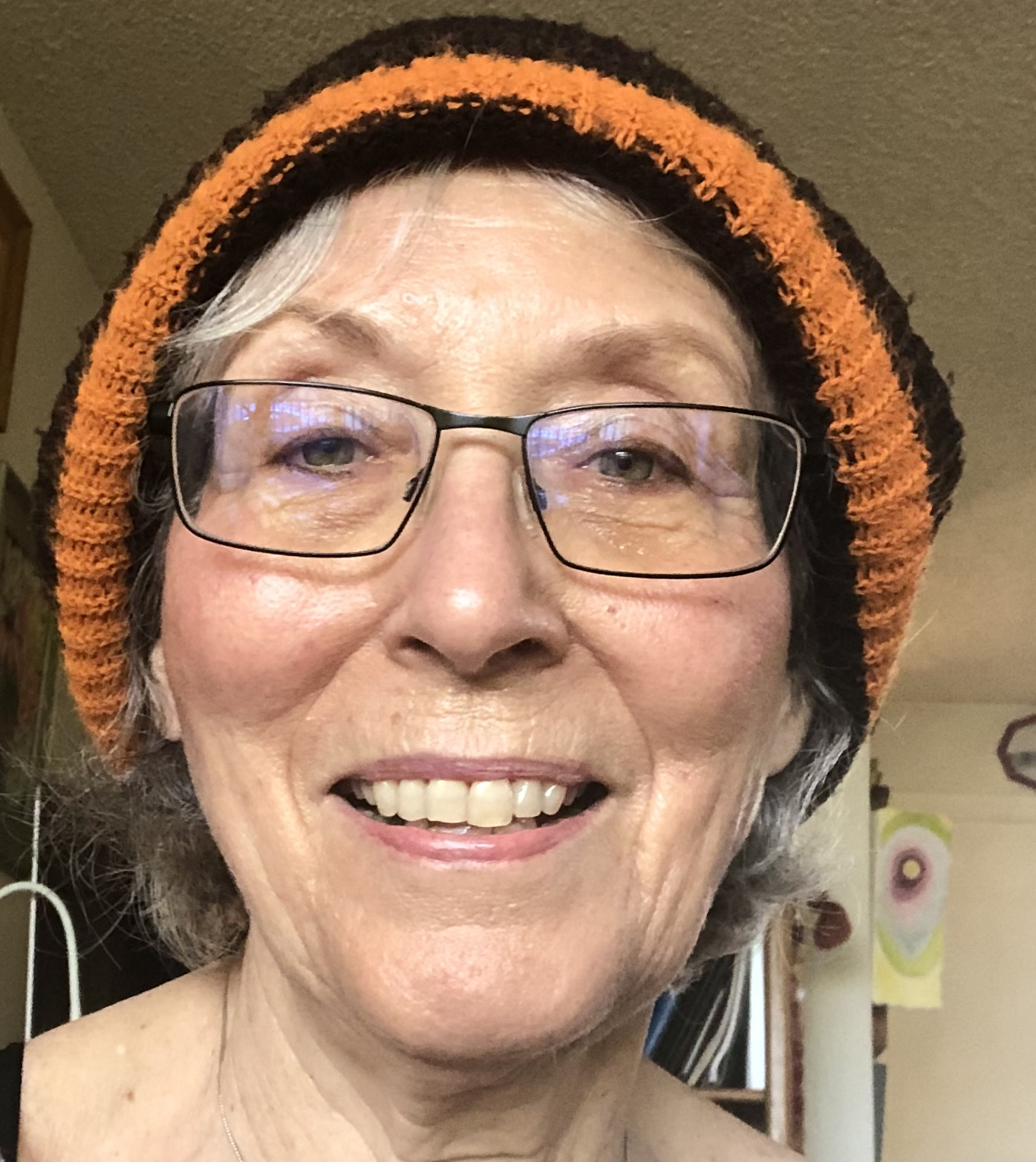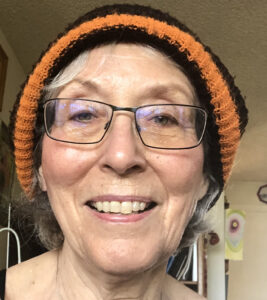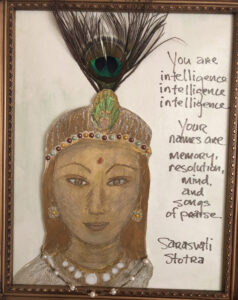Yesterday, I woke up feeling punk—or, anyway, on the edge of punk. I was thinking about having a little heart-to-heart with my inner Light, the one that had instructed me to leave my island paradise in Washington state and to relocate to this city in northern California.
First, let me say that moving from one state to another in the good old US of A is a little like moving to another country. Everything changes. I needed a new driver’s license, a new bank, a new registration for my car, a registration to vote, a registration to operate my little editing company… I needed a new hair stylist, a new grocery store, and new doctors of every persuasion… All of my various insurances have come under scrutiny. Even when the company itself didn’t have to change, the terms of the policy were different, and the price went up—and all because of a potential hike in the rent where I was living.
So, on this “punk” morning, I went into meditation—and in that quiet and sparkling state of mind, I understood that I had seen this move coming many years ago. It’s the nature of life on a beautiful island—everyone wants to live there and, after a while, the cost of being on the island goes way up. And I also understood that costs are going up not just for me but for everyone. Right now, this is the human experience on our planet, which is populated by so very many people. I don’t want to say “too many people” because how would we ever decide who the extras are! We are all here; we are all involved in this universal dilemma.
Once my mood had improved, I saw that one of the great advantages of moving to this place where I was sent is that I have been plunked down in the middle of a community of people who follow the same teacher, adhere to the same spiritual practices, and honor the same teachings as myself. In our tradition, “satsang” is a word that means “in the company of the Truth.” A satsang is a gathering of like-minded people to explore elevated teachings, to recite a scriptural text, or to chant one of the many names of God. In the six weeks I’ve been in Oakland, California, I have to say that I’ve had more satsang on any given day than I would usually have had in a month on Whidbey Island. Now, when I go to sleep at night, I’m often reliving some story I’ve heard—some wonderful aspect of my spiritual path.
Let me share one of the stories I’ve heard since moving to Oakland.
A woman who was visiting from Maine, a photographer, spoke about being in our guru’s ashram in India at some point shortly after she began on this path. It was a holiday, and someone volunteered to loan her a sari so that she would be appropriately dressed. A sari is about a six-yard length of fabric, the width determined primarily by the wearer’s height. The woman who loaned the sari was about six-foot-two, and she herself is about five-foot-two. “Usually when I tuck in the fabric around the waist, it’s a few inches of overhang,” the woman said, “but with this sari, the tuck came down to my knees.” So, wrapped in a humungous amount of fabric, this woman scaled a wall to get to the vantage point she wanted for her photo—perched on a little ledge just above the entrance to a shrine. She’d gotten into this spot, was hanging on with one hand, and then some wires that she touched with her other hand came right out of the wall beside her. What to do!
Still hanging on with one hand, she looked up, and there, standing on the roof above her head was our guru. The guru smiled, reached her hand down, plucked this woman off of her precipice, and hauled her onto the safety of the roof. The guru then smiled at her again —and turned and walked inside.
It was such a strong story. I could feel it in my own body. When I went to bed that night, I experienced the sensation of being hauled to safety by the sure hand of the guru.
Hearing this story, holding it in my bones, is reason enough for me to be in Oakland.
